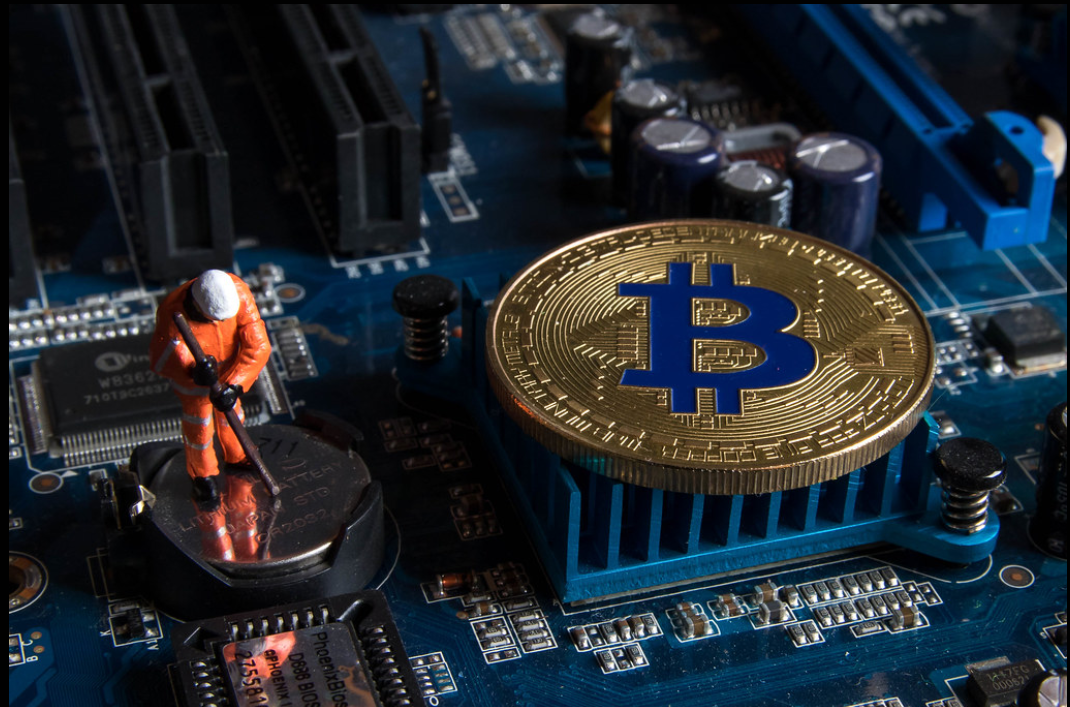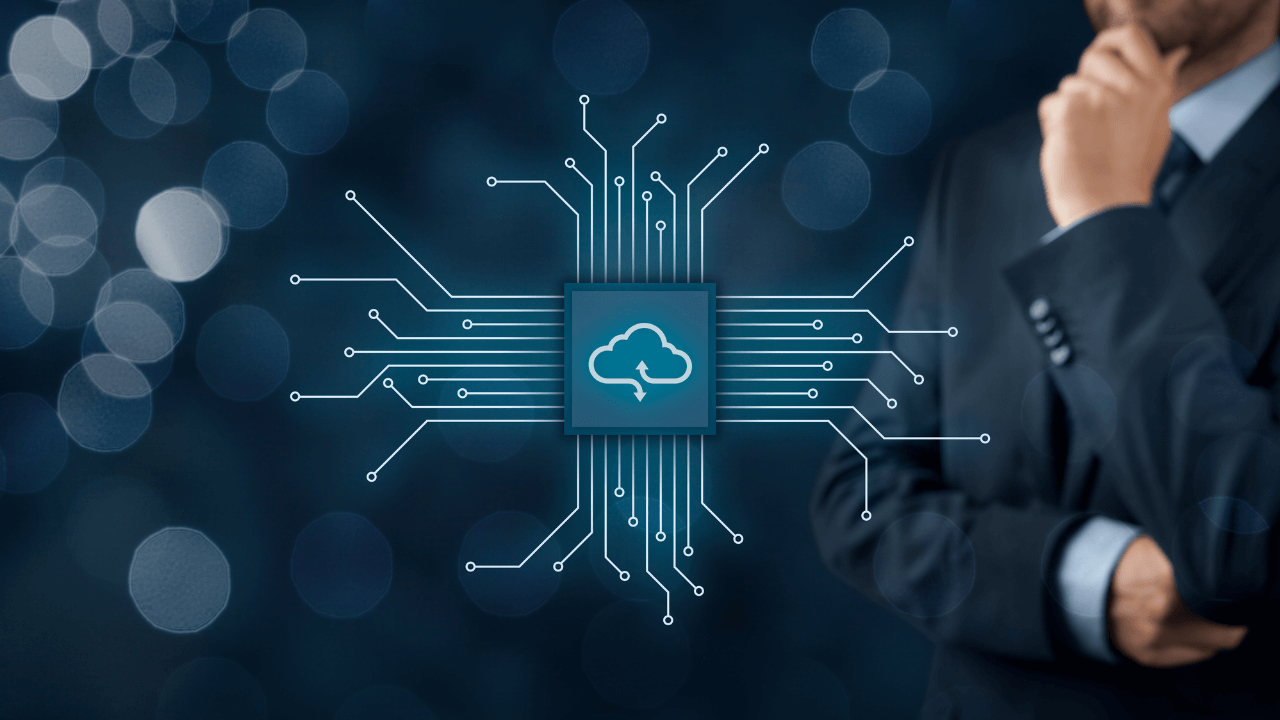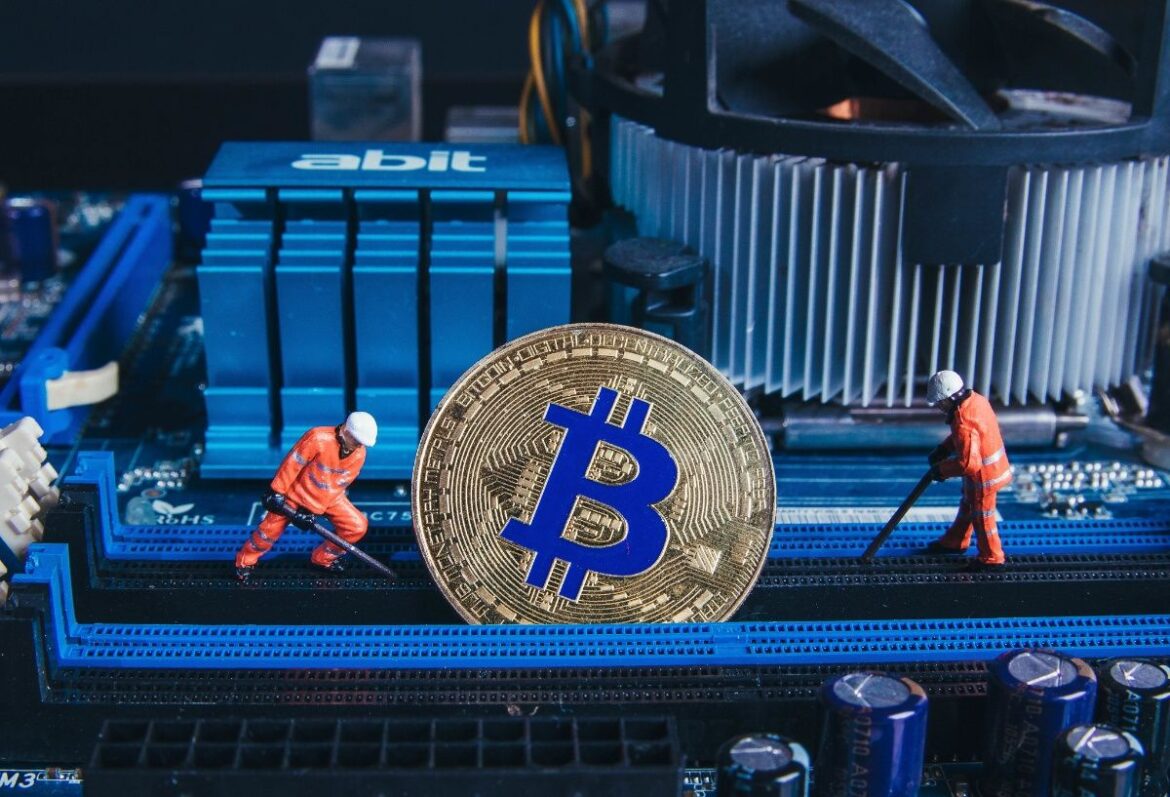Bitcoin mining is an important part of the Bitcoin network, which keeps it safe, decentralised, and trustworthy. The mysterious Satoshi Nakamoto created Bitcoin in 2009. Since then, mining has changed from a simple hobby to a complicated, specialised sector with huge effects on technology and the economy. This page goes over the most important parts of Bitcoin mining, including its history, technology, economic effects, environmental issues, and future prospects. It does this while making sure that readers and search engines get a full and SEO-friendly summary.
Bitcoin Mining Process Explained
Bitcoin mining is the process of confirming transactions and adding them to the blockchain, which is a public record. Miners use powerful computers to tackle challenging arithmetic problems based on a cryptographic function called tide named SHA-256. This method, called Proof-of-Work, makes it difficult for computers to add new blocks, which protects the network from being changed. When a miner solves the puzzle, they check a block of transactions, add it to the blockchain, and get fresh bitcoins as a reward, along with transaction fees.
Cryptographic hashes link blocks chronologically in the Bitcoin mining process. This makes the blockchain hard to change. It would take a lot of computing power to recreate all the blocks that came after a transaction, which is almost impossible. This architecture builds trust without needing a central authority.
Evolution of Mining Hardware
Since the network started up, the hardware used for Bitcoin mining has changed a lot. At first, miners could use regular CPUs to mine, but as the difficulty of mining grew, they switched to increasingly powerful GPUs. The big change happened when Application-Specific Integrated Circuits (ASICs) were created. These are devices that are made just for mining Bitcoin quickly and easily.
 ASICs made mining far more powerful and used less energy for each unit of work, making it possible to mine on an industrial scale. The Antminer series from companies like Bitmain changed the game by setting new norms for performance and efficiency. Today, there are big mining farms with thousands of ASIC miners all over the world, especially in places where energy is cheap, such as parts of the United States, Kazakhstan, and China until it banned mining.
ASICs made mining far more powerful and used less energy for each unit of work, making it possible to mine on an industrial scale. The Antminer series from companies like Bitmain changed the game by setting new norms for performance and efficiency. Today, there are big mining farms with thousands of ASIC miners all over the world, especially in places where energy is cheap, such as parts of the United States, Kazakhstan, and China until it banned mining.
Bitcoin Mining Profitability Factors
The cost of electricity, the efficiency of mining hardware, the price of Bitcoin, and the difficulty of the network are all factors that affect how profitable Bitcoin mining is. Block rewards are the main way that miners get money. Every four years, an event known as the “halving” creates new bitcoins. This planned drop in supply guarantees that there will only be 21 million bitcoins, making Bitcoin a deflationary asset.
Miners usually have to pay the most for electricity, which is why areas with lots of cheap energy are popular places for big mining operations. Changes in Bitcoin prices and rules have made the sector unstable. For example, when China banned mining in 2021, miners from all over the world moved to other countries, which changed the global distribution of mining power.
Environmental Impact of Mining
Environmentalists and authorities have looked into Bitcoin mining’s excessive energy use. The network’s Proof-of-Work system needs a lot of computing power, which raises worries about carbon emissions and the environment. Critics regularly compare the energy use of Bitcoin to that of whole countries, which adds to the discussion regarding its long-term effects on the environment.
The industry, on the other hand, has responded by using more and more renewable energy sources, including solar, hydropower, and geothermal power. Some miners are looking into new ways to use stranded or extra energy, such as natural gas that would otherwise go to waste. There is also more research going on into mining technology that uses less energy and possible changes to less energy-intensive consensus methods in other blockchains. For now, though, Bitcoin is still using Proof-of-Work.
Mining and Network Security
Miners protect the Bitcoin network by making sure it is safe and not controlled by a single person. By competing to confirm transactions, they make it too expensive to change or censor data on the blockchain. A 51% assault occurs when a single person or group gains control of the network, which could undermine trust. The global distribution of mining power mitigates this risk.
 Mining incentives are consistent with honest behaviour because miners can only get rewards for respecting the network’s rules. Attacking the network would take a lot of effort and hurt its credibility and economic gains. Bitcoin is different from typical centralised financial systems since it doesn’t require trust and is decentralised.
Mining incentives are consistent with honest behaviour because miners can only get rewards for respecting the network’s rules. Attacking the network would take a lot of effort and hurt its credibility and economic gains. Bitcoin is different from typical centralised financial systems since it doesn’t require trust and is decentralised.
The Future of Mining
As technology improves and the economy and rules change, Bitcoin mining is likely to keep altering in the future. People claim that next-generation ASIC miners are more efficient and perform better. More and more people are talking about sustainability, which could speed up the use of renewable energy and better mining methods. Regulatory frameworks around the world will also affect the future of the sector by finding a balance between new ideas and safety and environmental concerns.
Changes in other areas, such as layer-two scaling solutions and decentralised finance (DeFi), could have an indirect effect on mining by raising transaction volumes and fees. Also, new technologies like quantum computing bring both chances and problems. Quantum computers might, in theory, destroy current encryption algorithms, but the Bitcoin community is actively looking for ways to make the network more resistant to quantum attacks.
Final thoughts
If you want to learn more, looking into related topics like “cryptocurrency wallets,” “blockchain technology,” and “crypto regulation” will help you understand the bigger picture. Linking to guides on how to set up wallets or understand transaction costs can make users more interested. Using reliable sources like the Cambridge Bitcoin Electricity Consumption Index, CoinDesk, and research from the International Energy Agency can make your work more credible and give you new information.



